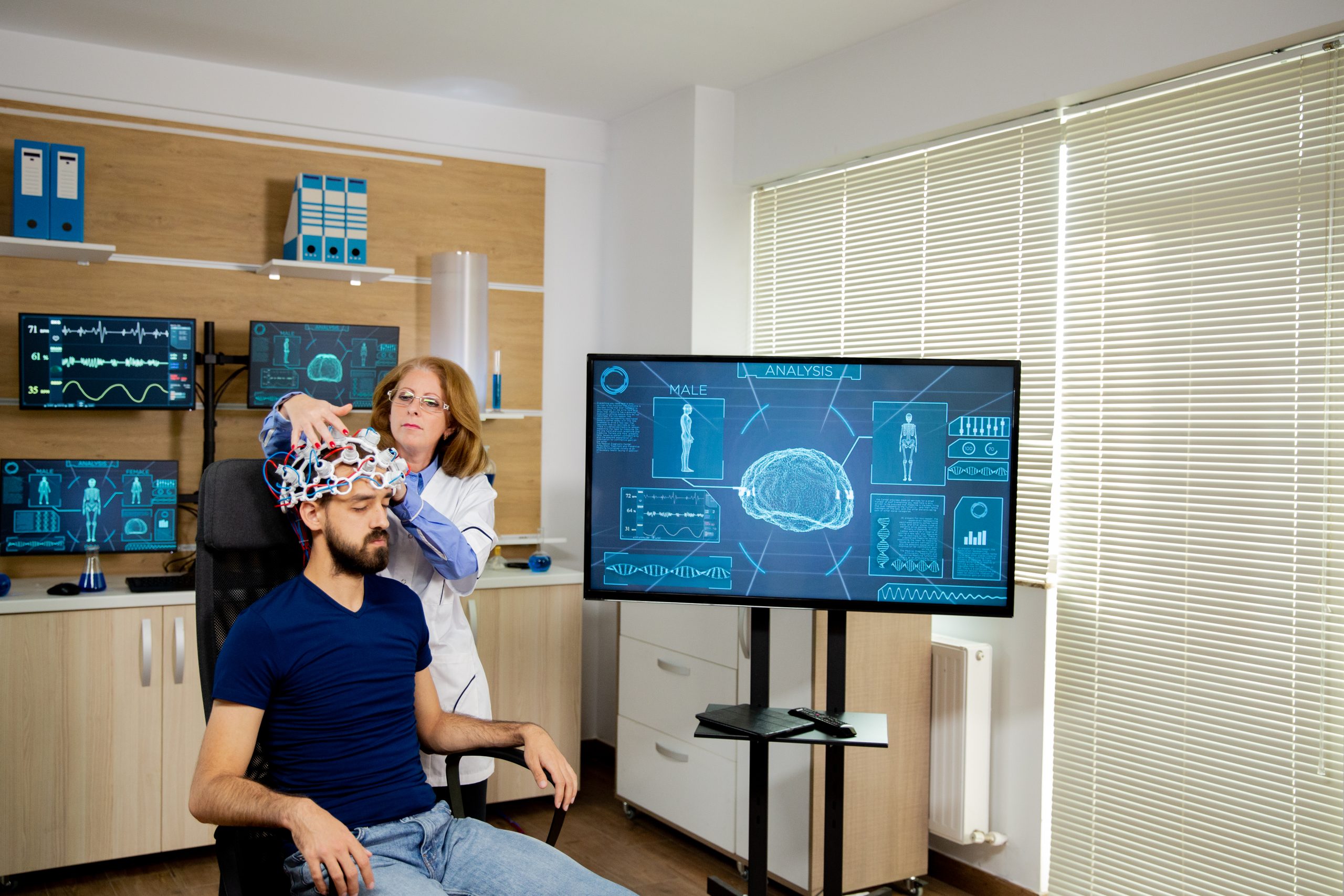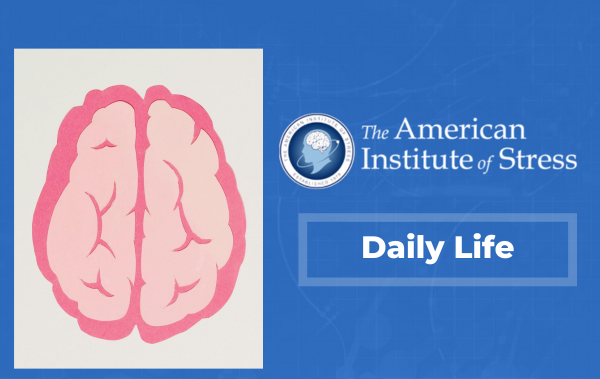
Biofeedback: Bridging the gap between the mind and body.
In today’s fast-paced world, stress and anxiety have become all too familiar companions. The constant pressure to meet deadlines, maintain social connections, and stay productive can take a toll on our mental and physical well-being. However, there is a powerful tool that is gaining traction in the realm of self-improvement and stress management: biofeedback. In this post, we will explore the concept of biofeedback, its applications, and how it can help us better understand and regulate the mind-body connection.
Understanding Biofeedback
Biofeedback is a therapeutic technique that empowers individuals to gain awareness and control over their physiological processes. It entails the use of specialized equipment to monitor specific physiological functions, including heart rate, breathing, muscle tension, skin temperature, and even brainwave activity. The data collected through these sensors is then displayed in real-time, providing individuals with immediate feedback on their bodily responses.
The biofeedback process operates on the premise that heightened awareness of these subtle bodily changes enables us to consciously influence and regulate them. This form of self-regulation holds the potential to lead to improved health, reduced stress, and enhanced performance in various facets of life.
Types of Biofeedback
Several types of biofeedback target different physiological functions. Some of the most common types include:
- Electromyography (EMG) Biofeedback: Measures muscle activity and aids in managing tension and stress-related conditions such as headaches and muscle pain.
- Heart Rate Variability (HRV) Biofeedback: Monitors the intervals between heartbeats, enabling individuals to achieve a balanced autonomic nervous system response and promote relaxation.
- Galvanic Skin Response (GSR) Biofeedback: Tracks changes in skin conductance, offering insights into emotional arousal and stress levels.
- Thermal Biofeedback: Monitors skin temperature, facilitating the acquisition of relaxation techniques and improved circulation.
- Neurofeedback (EEG Biofeedback): Measures brainwave activity and assists in enhancing focus, attention, and emotional regulation.
Applications of Biofeedback
Biofeedback has a wide range of applications across various fields, including:
- Stress Reduction: By recognizing bodily responses to stressors, individuals can acquire relaxation techniques to reduce stress and anxiety levels.
- Pain Management: Biofeedback can be effective in managing chronic pain by teaching individuals to control muscle tension, reduce discomfort, and tolerating pain by quieting the pain signals to the brain.
- Performance Enhancement: Athletes and professionals can harness biofeedback to improve focus, concentration, and overall performance, making it a staple in sports psychology.
- Mental Health: Biofeedback can complement traditional therapies in treating conditions like depression, anxiety, and post-traumatic stress disorder (PTSD) by increasing your awareness and management of your nervous systems.
Biofeedback is a powerful tool that grants individuals insight into their body’s responses, bridging the gap between the mind and body. By mastering the regulation of physiological functions through conscious awareness, individuals can significantly enhance their overall health and well-being. Whether employed for stress reduction, pain management, or performance enhancement, biofeedback offers a pathway to a more balanced and harmonious life. Embracing biofeedback as part of a holistic approach to self-care can lead to transformative results and a deeper understanding of the intricate mind-body connection.






